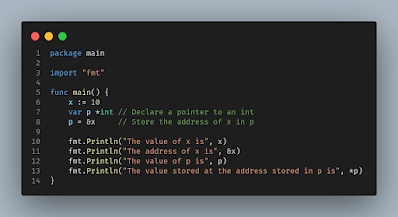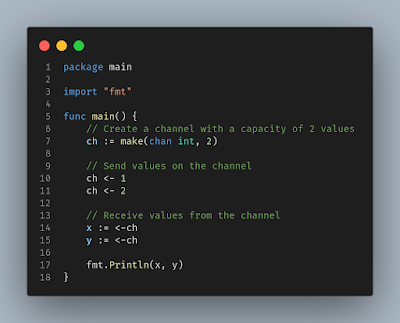Core Technologies to Learn to Become a Backend Developer
Introduction Becoming a backend developer requires a strong foundation in computer science and mastering several core technologies. In this blog, we will explore the essential technologies that every aspiring backend developer should learn. These technologies are crucial for creating efficient, scalable, and secure backend systems. Backend Development Defined Backend development is a specialized area of programming that focuses on creating the underlying logic and server-side software that powers websites and applications. Backend developers are responsible for handling the business logic of an application, including processing user requests, interacting with databases, and controlling the flow of data between the server and the front end of the website or application. The Role of a Backend Developer Backend developers have several key responsibilities, including: Server-Side Logic Backend developers write the code that runs on web servers. This code handles the business logic...





